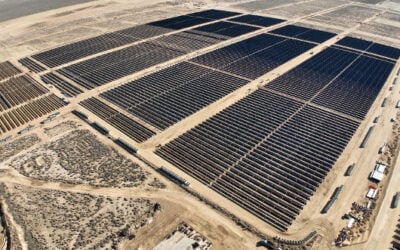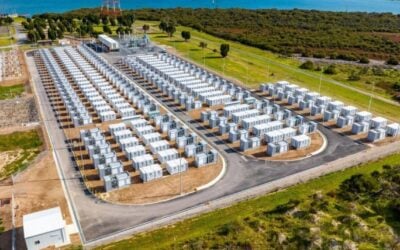Battery storage in conjunction with renewable energy and smart grid systems is set for huge growth, Citigroup predicts. Image: Australian Storage Council.
Investment bank Citigroup is predicting a 240GW global battery storage market worth US$400 billion by 2030 as increased deployment creates a “virtuous circle” of falling costs.
In a report, ‘Dealing with Divergence’ on global investment trends for 2015, Citi said it saw battery storage in conjunction with renewable energy systems and smart grids as the “third driver” of demand for rechargeable batteries after consumer electronics and electric vehicles.
Citi said the rapid growth in renewable energy deployment and the pressures that had started to put on conventional forms of generation had brought storage to the “forefront of recent discussions” on the future of energy markets.
The biggest factor standing in the way of the widespread adoption of storage technologies has so far been cost. But Citi said it foresaw a scenario in which storage follows the same path that some renewable energy types, particularly solar, had taken in recent years, in which falling costs lead to increased deployment, leading to further cost reductions.
Try Premium for just $1
- Full premium access for the first month at only $1
- Converts to an annual rate after 30 days unless cancelled
- Cancel anytime during the trial period
Premium Benefits
- Expert industry analysis and interviews
- Digital access to PV Tech Power journal
- Exclusive event discounts
Or get the full Premium subscription right away
Or continue reading this article for free
Citi estimated that a reduction in storage costs to US$230/MWh – something it said was possible within 7-8 years – combined with solar generation would make self-consumption “financially attractive” in a number of developed countries.
This in turn could lead to a further reduction in costs to around US$150/MWh, which would eliminate the need for subsidies, Citi said.
Utlimately, the improving performance and costs of battery storage should eventually enable households and businesses to become “self-sufficient” in electricity generation, Citigroup said.
However, the firm said it did not subscribe to the idea that this would lead to the “death of the utility”.
“We see winners (i.e. regulated utilities who will earn a fair return on what they spend including transmission and distribution wire related expenditures, which will increase as more renewables are built) and losers (i.e. certain unregulated/hybrid utilities whose outlook is predicated primarily on the economic dispatch of power generating assets)…” the report said.





